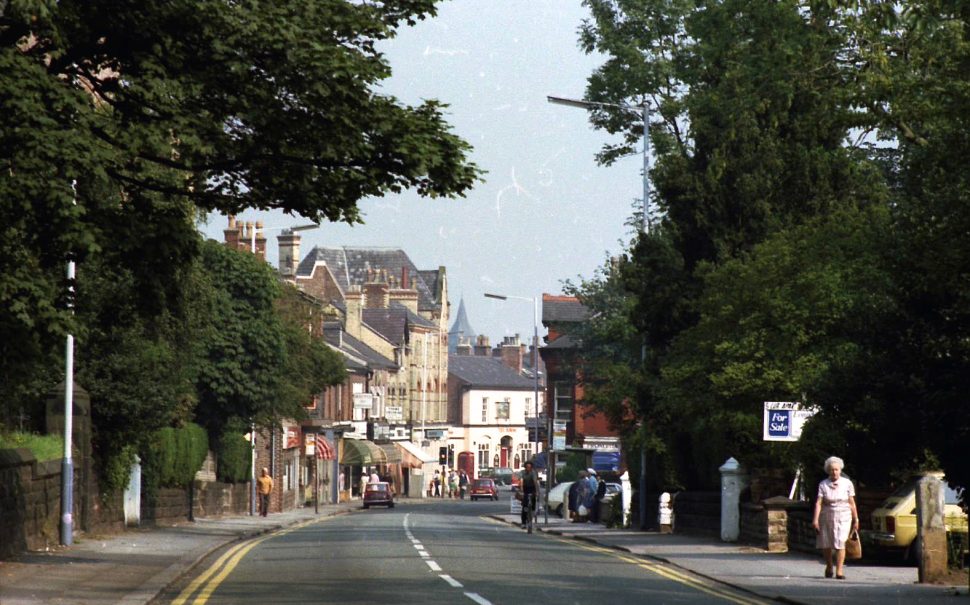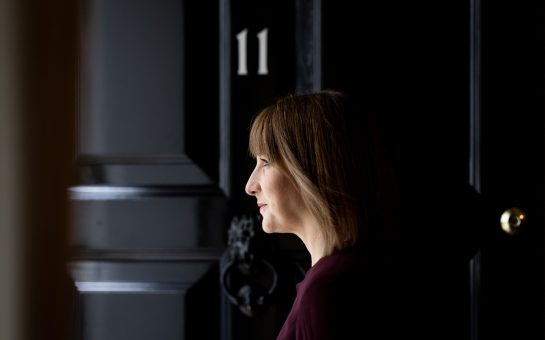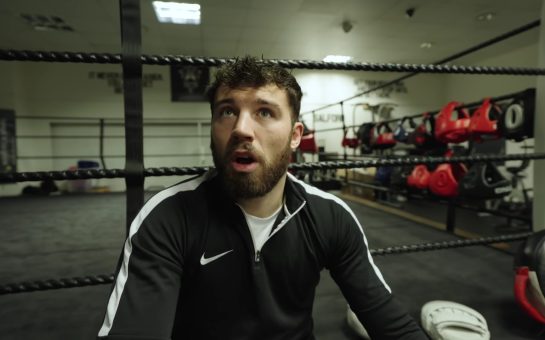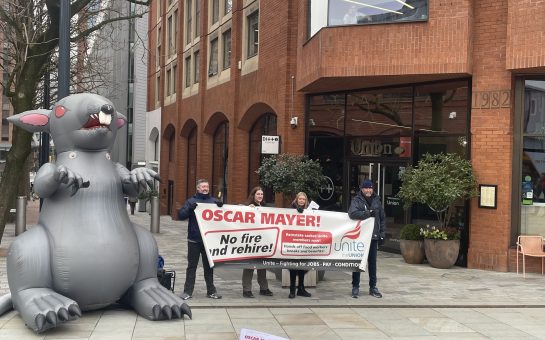On July 4th, residents of Altrincham and Sale West will cast their votes at polling stations across the constituency to decide who will be their local MP for the next five years.
Who is standing this year?
Candidates standing this year include the Conservatives’ Oliver Carroll, Labour candidate Connor Rand, Liberal Democrat candidate Jane Brophy and Green Party candidate Geraldine Coggins.
Also standing are Reform UK’s candidate Paul Swansborough and Workers Party candidate Faisal Kabir.
Political history of the constituency
Since 1923, Altrincham and Sale West has always been a Conservative hold, with Sir Graham Brady – ex Chair of the Conservative Party 1922 Committee – winning the seat in every election since 1997.
However, after Brady announced in March that he would stand down at the next election, the constituency is set to be represented by a new MP for the first time in 26 years.
In aid of bringing a fresh new approach to the area, Oliver Carroll, 29, will be hoping to continue the legacy of his predecessor.
But with the seat now as open as ever, the enormity of his challenge – defending the seat against the momentum of Labour – will require a significant effort come polling day.
While Labour’s Andrew Western received over 20,000 votes in the 2017 and 2019 elections, he was unable to surpass Graham Brady’s performance. Western was subsequently elected as MP in the neighbouring Stretford and Urmston constituency at a by-election in 2022, and he is standing there again.
Trafford councillor Ben Hartley was selected as Labour’s replacement candidate for Western, but citing personal reasons he dropped out of the race last month.
With Connor Rand now standing in his place, and Brady moving on to pastures new, a huge opportunity has arisen but it will be touch and go as to whether Rand can ply voters away from the Conservatives.
The Liberal Democrats have far from threatened to take the seat for 14 years, but Trafford councillor Jane Brophy – in her fourth general election campaign – will also be hoping a resurgence is on the cards.
Key issues on the agenda
Prior to Hartley’s announcement, he claimed that people were telling him they felt worse off than 14 years ago and he claimed this was predominantly felt to be as a result of the Conservatives’ management of the economy, which was ‘a disaster for working families and plunged more children into poverty.’
Labour’s major priorities looked at supporting communities through the cost of living crisis, ensuring better access to Trafford’s schools and ending the long waits for mental health support.
For the Conservatives’ Carroll, whose campaign has been much less disturbed, he likewise wants to increase the number of school places in the area, alongside protecting the countryside and local environment, and re-opening Altrincham’s Minor Injuries Unit at Trafford General Hospital which was stood down after the pandemic following staff shortages.
Meanwhile, Liberal Democrat candidate Jane Brophy has been directly focused on environmental issues, campaigning against the use of green belt land for the Places for Everyone housing blueprint.
Voting intention and turnout
Across the past four general elections, turnout has gradually increased from 49,000 in 2010 to 54,000 in 2019, from an estimated electorate of 73,000 which has stayed largely the same.
The latest YouGov MRP polling suggests that Labour will take Altrincham and Sale West from the Conservatives for the first time in over 100 years, with a predicted 42.5% share of the vote – which would be an increase of around six percentage points from 2019.
The Conservatives would be left with 32.4%, whilst the Lib Dems, the Greens and Reform UK would hold up to 10% vote share each.
Voting information
In order to vote in the upcoming election the requirements are that you have to be:
- Over 18.
- A British, Irish, Commonwealth or EU Citizen living in the UK.
- A British citizen living overseas who has resided in the UK within the previous 15 years
- Registered at an address within the Altrincham and Sale West constituency boundary.
The deadline for registering to vote was Tuesday 18 June, so you should have received a polling card in the mail.
Polling day is on 4 July and you can cast your vote between 7am and 10pm.
When you arrive at your local polling station you will need a valid form of photo ID and you should bring your polling card.
Results will be announced on 5 July usually in the early hours of the morning.
Featured image: Anthony O’Neil – Creative Commons Attribution-Share Alike 2.0




